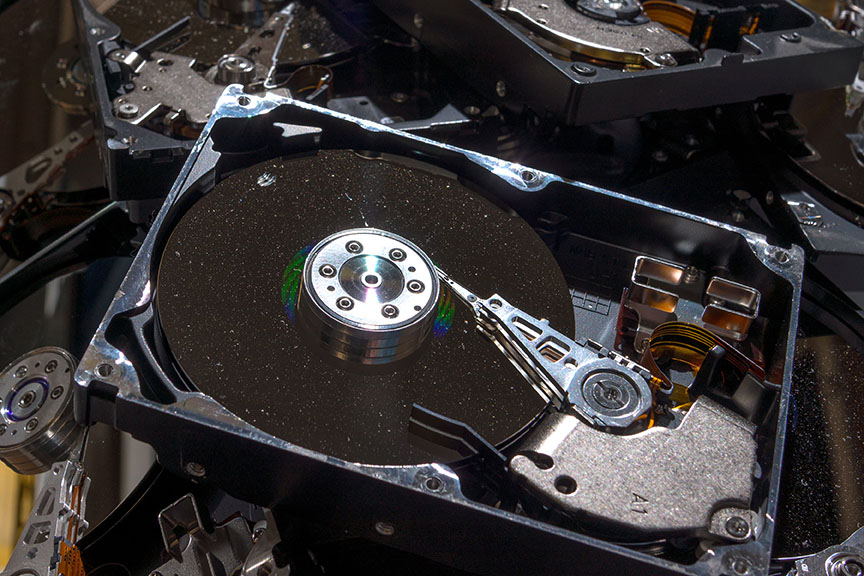 An e-scrap processor is installing a robotic sorting cell to take apart hard drives and recover each component of the device.
An e-scrap processor is installing a robotic sorting cell to take apart hard drives and recover each component of the device.

 An e-scrap processor is installing a robotic sorting cell to take apart hard drives and recover each component of the device.
An e-scrap processor is installing a robotic sorting cell to take apart hard drives and recover each component of the device.
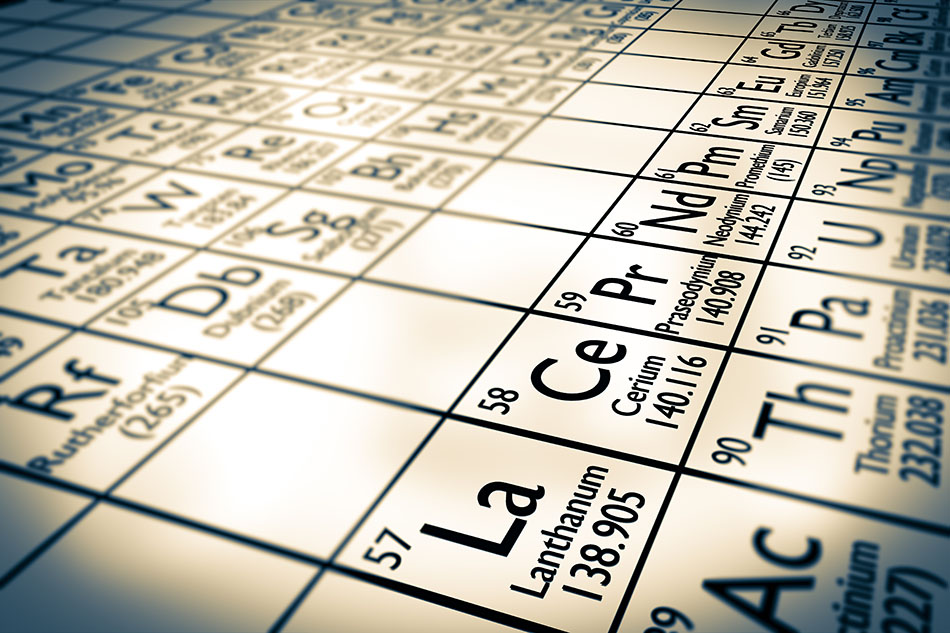 For two years, media outlets around the globe have covered China’s National Sword recyclables import restrictions. Now, China is threatening to wield its trade sword for a different purpose: cutting off rare earth exports to the U.S.
For two years, media outlets around the globe have covered China’s National Sword recyclables import restrictions. Now, China is threatening to wield its trade sword for a different purpose: cutting off rare earth exports to the U.S.
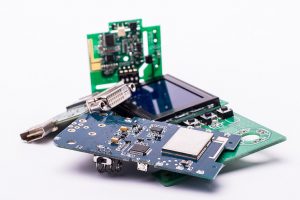 Projects exploring strategies to recover key materials from end-of-life electronics have received funding from the REMADE Institute.
Projects exploring strategies to recover key materials from end-of-life electronics have received funding from the REMADE Institute.
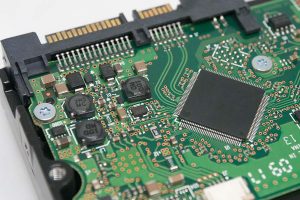
This article has been corrected.
Metech Recycling, which operates five U.S. sites and encountered CRT storage issues recently, has been acquired by a group of investors associated with First America Metal Corp.
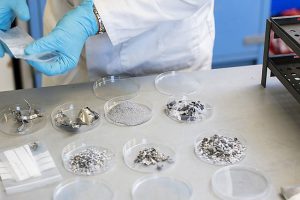 With an eye toward demonstrating the variety and amount of metals available from e-scrap, geologists at an English university used a household blender to take a look inside a mobile device.
With an eye toward demonstrating the variety and amount of metals available from e-scrap, geologists at an English university used a household blender to take a look inside a mobile device.
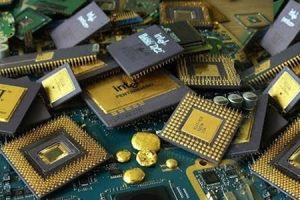 A North Carolina startup is working to scale up its ability to generate investment-grade gold from e-scrap components.
A North Carolina startup is working to scale up its ability to generate investment-grade gold from e-scrap components.
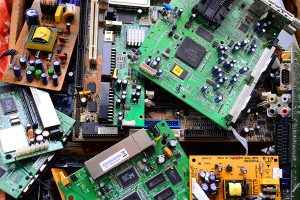 Metals company Boliden recovered copper and precious metals from 95,000 short tons of printed circuit boards in 2018, up 12 percent year over year, according to an annual report.
Metals company Boliden recovered copper and precious metals from 95,000 short tons of printed circuit boards in 2018, up 12 percent year over year, according to an annual report.
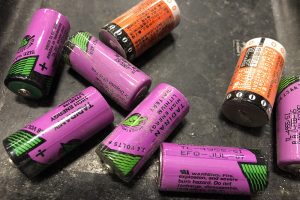 Two government initiatives looking to energize the lithium-ion battery recycling sector have officially launched, offering prize money to recycling entrepreneurs and a dedicated laboratory to house research projects.
Two government initiatives looking to energize the lithium-ion battery recycling sector have officially launched, offering prize money to recycling entrepreneurs and a dedicated laboratory to house research projects.
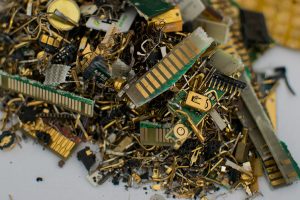
Revenue and earnings for global e-scrap processor Sims Recycling Solutions dropped in the second half of 2018 compared with the same period a year earlier.
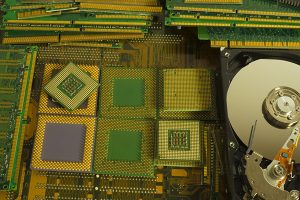 Global economic conditions have helped push up the scrap value of principal metals used in electronics.
Global economic conditions have helped push up the scrap value of principal metals used in electronics.
